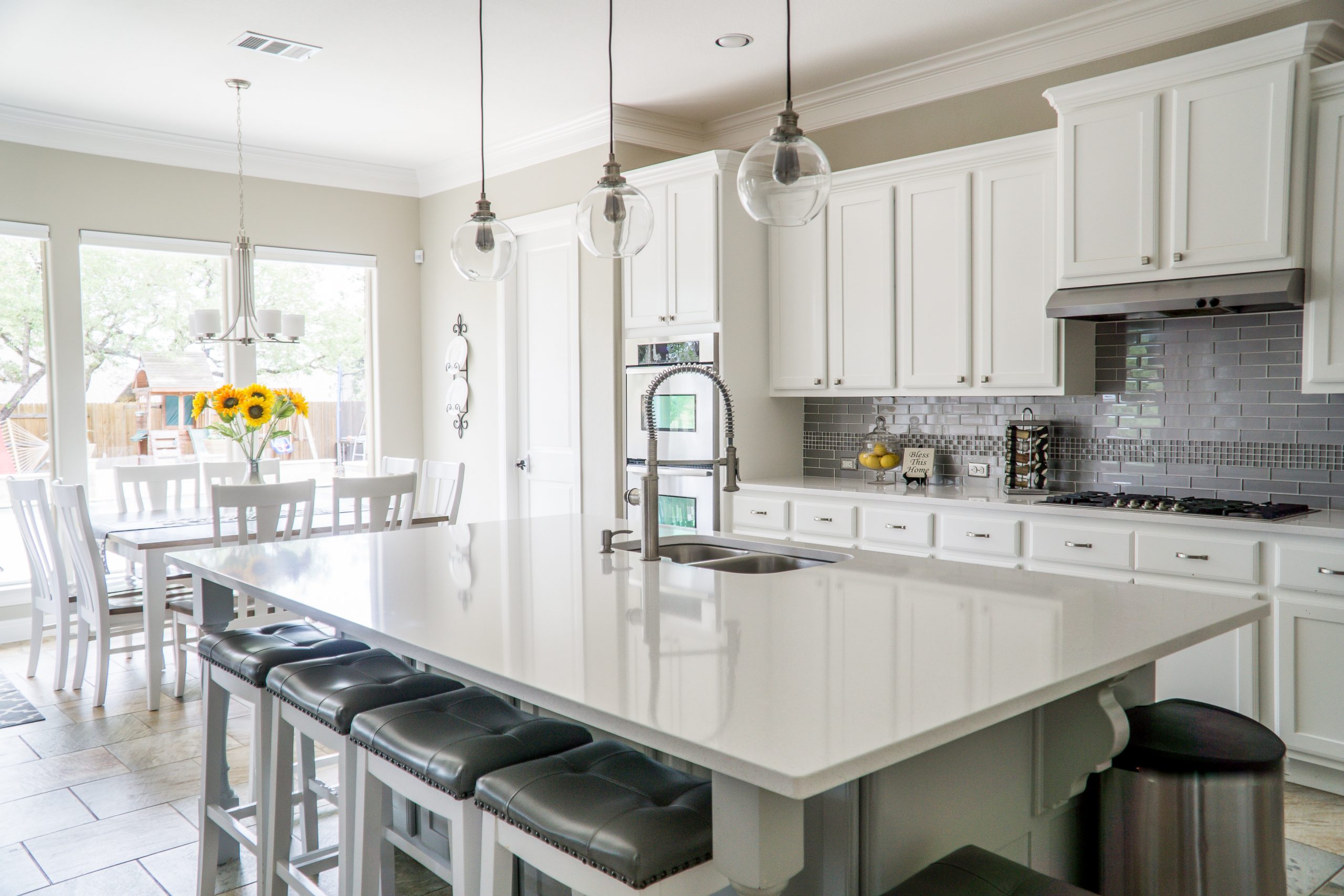
Ultimately, regular inspections aim to protect, and if possible, improve the value of a landlord‘s property. In Part 1, we discussed the What, Why, and When of inspections. Today, we’ll talk about how to accomplish it. Property inspections correctly carried out, will ensure this tool benefits rather than hinders the landlord-tenant relationship and positively impacts tenant retention.
The HOW of rental property inspections:
- Establish A Set of Inspection Guidelines
This type of pre-planning will bring consistency and a higher level of effectiveness to your inspection procedures. It will also allow you to inform tenants of your process from the onset of the landlord-tenant relationship. Clearly explain that these inspections benefit both the tenant and the landlord and are a necessary component of a mutually satisfying tenant-landlord relationship.
- Give Tenants Prior Notice of An Inspection
While you own the property, your tenants have paid for the right to enjoy their privacy in a quiet, peaceful home. Out of respect for them, give at least a 24-hour notice of a routine inspection. Try to schedule the inspection at a time that is convenient to the resident/family. (Should you have good reasons to suspect a violation of the lease terms, you may want to consider an unannounced inspection).
- Be Mindful of Social Distancing
If, and when the need for social distancing will become a thing of the past is anyone‘s guess. While we hope that many coronavirus-related concerns can be soon be put behind us, this experience has taught us to be more vigilant about the spread of contagious illnesses. Choose to err on the side of caution and be respectful of your tenants‘ concerns.
- Encourage Resident(s) to Be Present During the Inspection
If possible, arrange to have at least one primary leaseholder present during the inspection for various reasons. Involving the tenant demonstrates your concern for maintaining the property and provides an opportunity for open dialogue. The tenant should be encouraged to share concerns about appliances, heating/cooling systems, plumbing concerns, and any other indoor or outdoor area of concern. Their presence can also prevent accusations of theft or other wrongdoing.
- Be Respectful of The Tenants‘ Personal Property
Again, the rental property belongs to you as the landlord, but the tenant‘s personal items are their private property. Consult them before moving furniture to inspect a section of the unit, or to remedy concerns that arise during the inspection, such as a needed furnace repair, or the replacement of a faulty appliance. Should you need to photograph something so you can ponder how to make improvements or to schedule a repair, be careful not to include the tenant‘s personal items in the photo.
- Document Any Issues
Document the entirety of the inspection in writing. It creates transparency and integrity, as well as protecting everyone. Present the tenant with a hard copy of the document, review it together. Both parties should sign and date it. While verbal agreements may seem adequate to address minor concerns, a commitment to “put it in writing“ can avoid more complicated issues later.
Incorporate these inspection how-to’s into your overall property management process. It will not only protect your property and reveal items to care for before they become an issue, but also enhance your landlord-tenant relationships and build a positive reputation as a landlord.
About Rentals America
Rentals America provides full-service property management for residential rental properties. Our team is completely dedicated to property management and we’re here to help landlords navigate the rental market.









